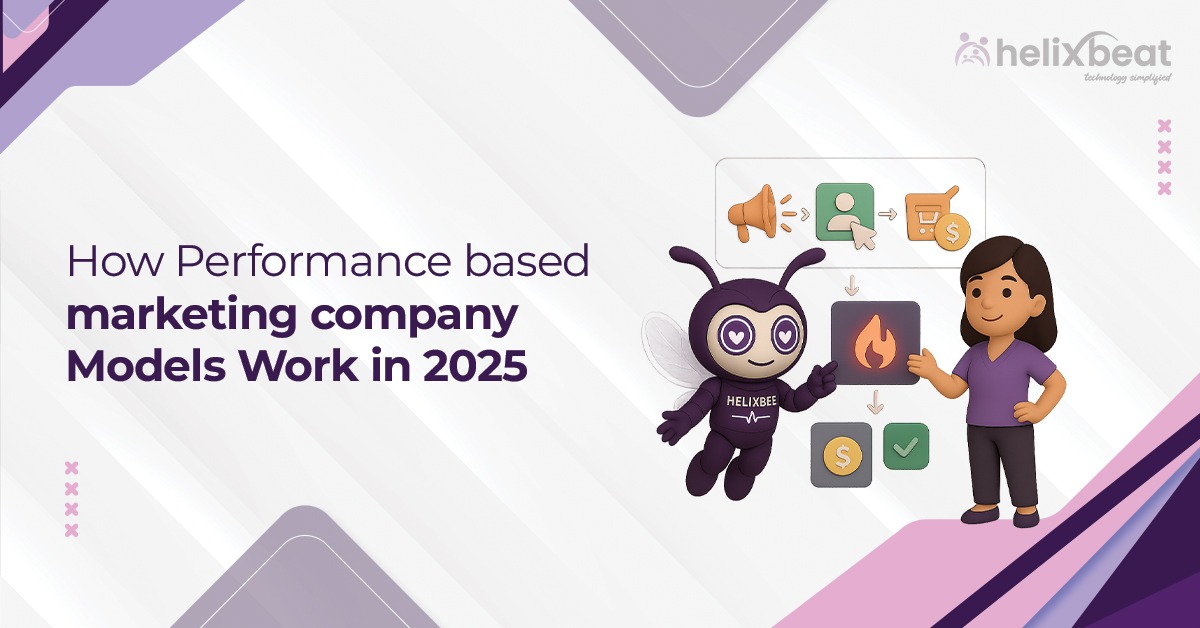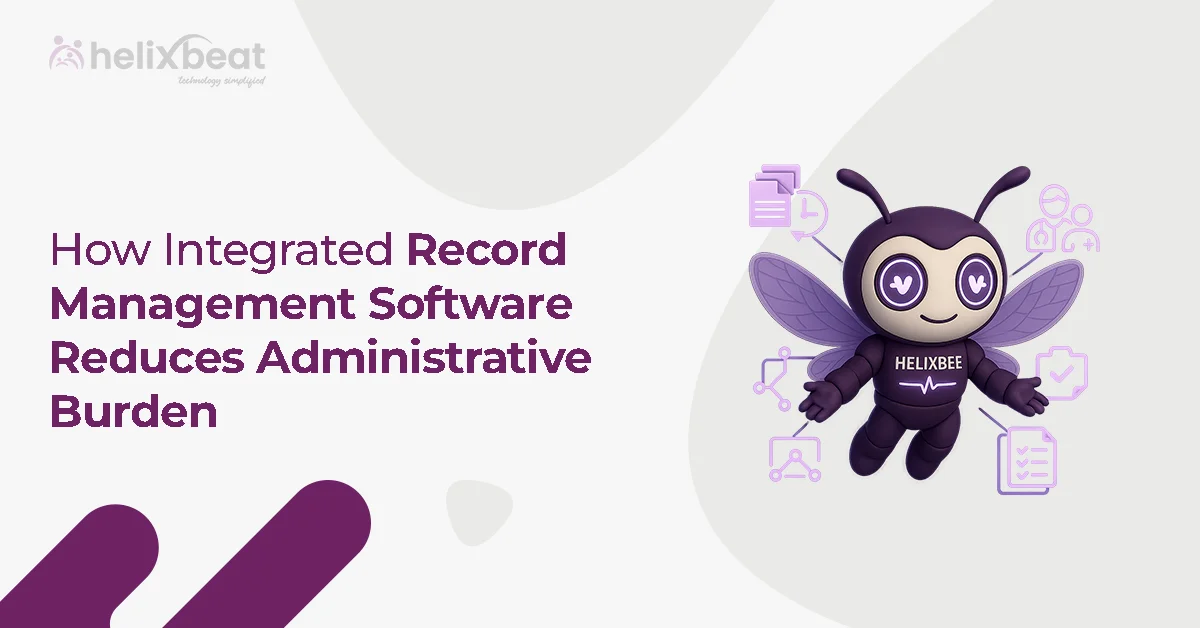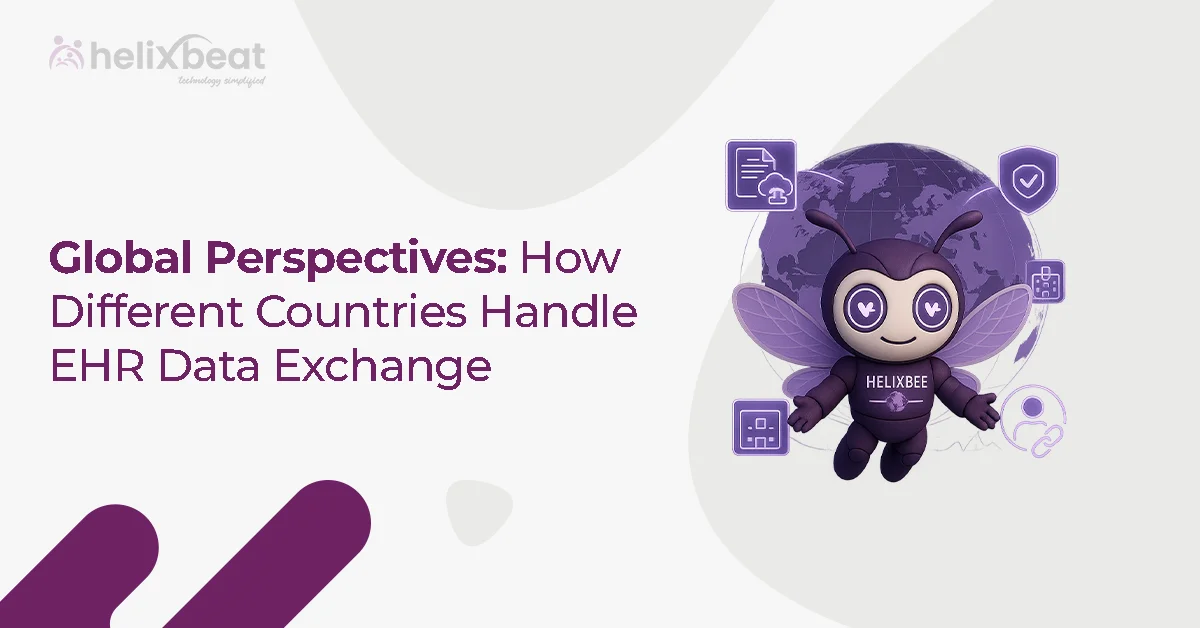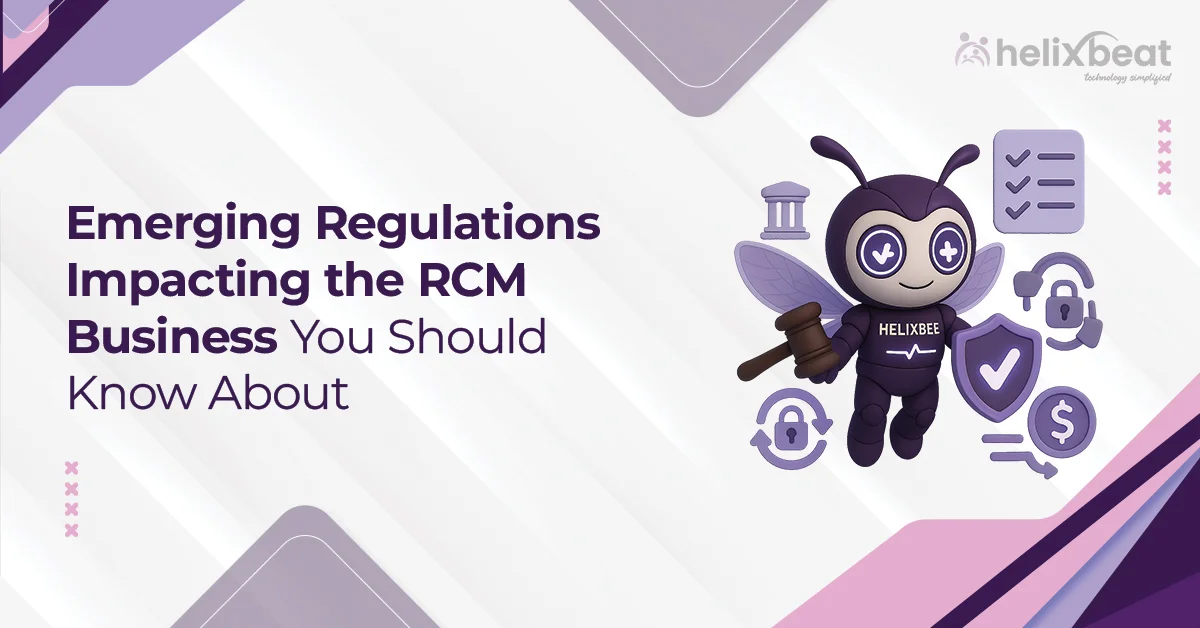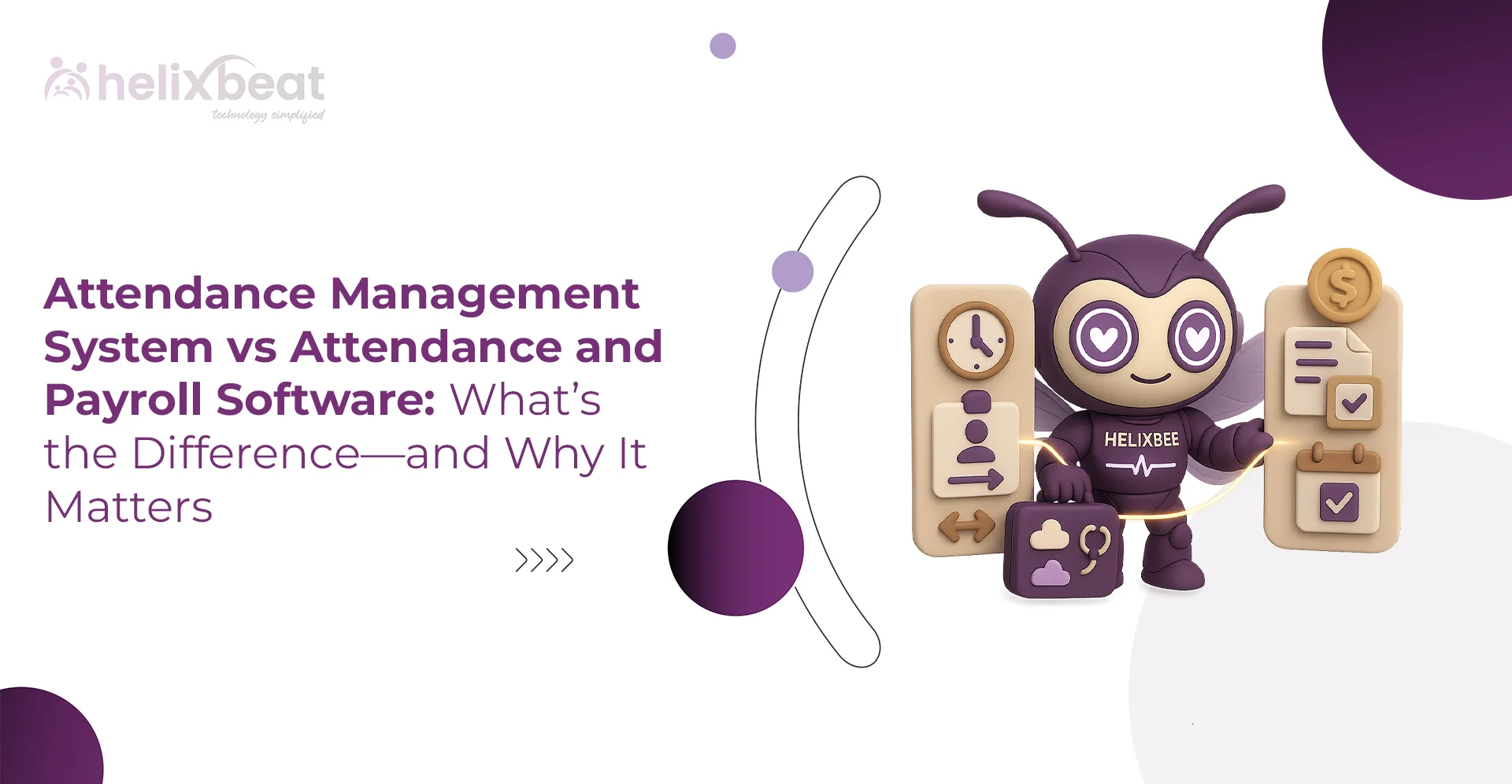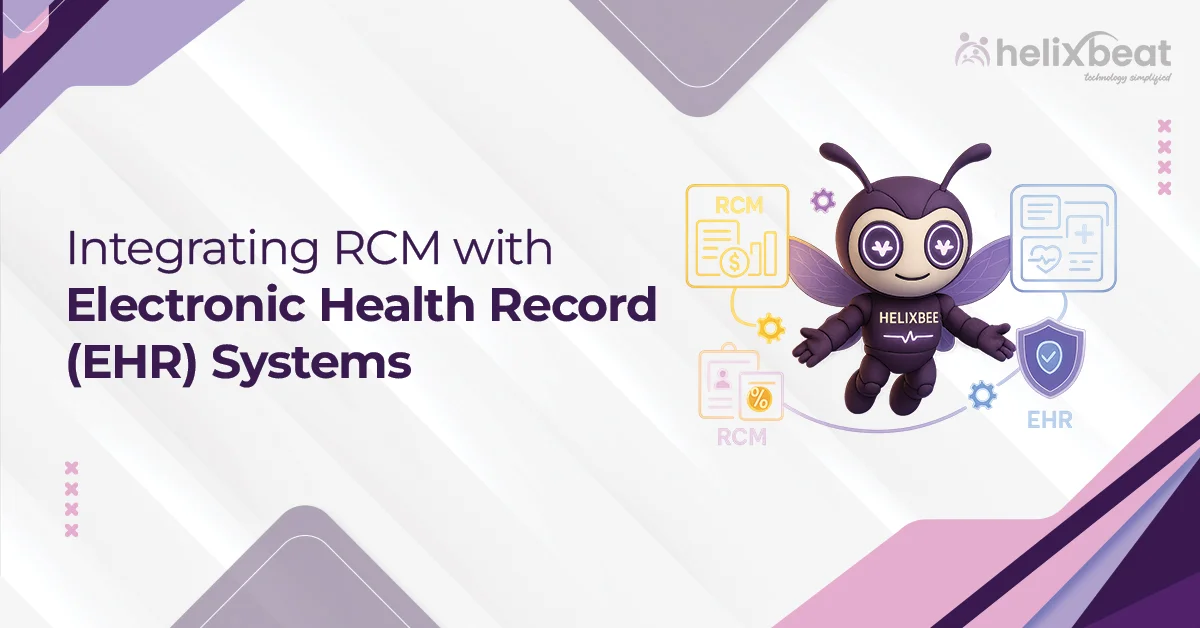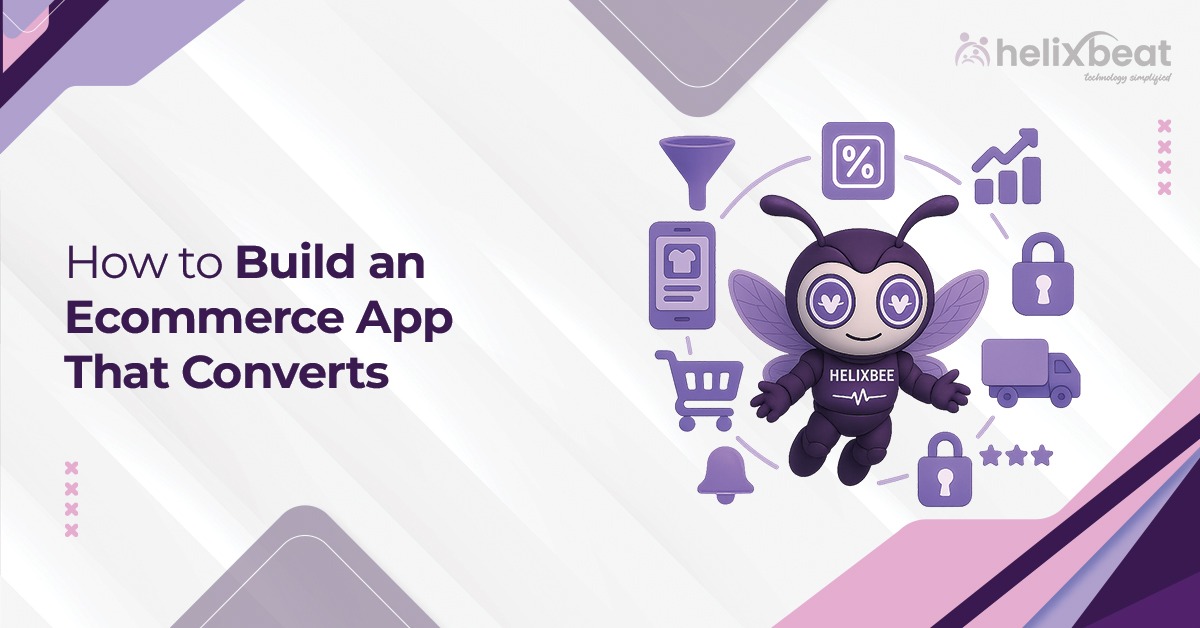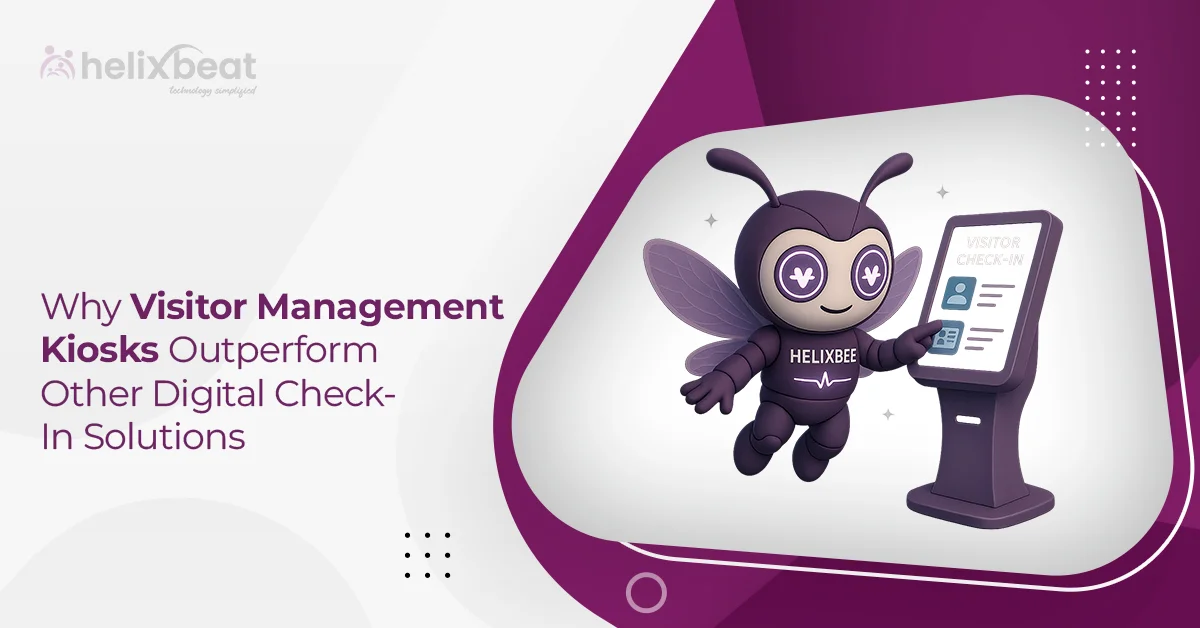In recent years, performance based marketing has gained popularity among businesses because it focuses on clear results. Companies pay only for specific actions like clicks, leads, or sales, which helps them make better use of their marketing budgets. As we approach 2025, this model will continue to evolve with new trends and technologies.
This approach is data-driven, ensuring that money is spent on strategies that deliver real results.
In this article, we’ll look at how performance based marketing company model works, its benefits for brands and agencies, and the trends shaping its future.
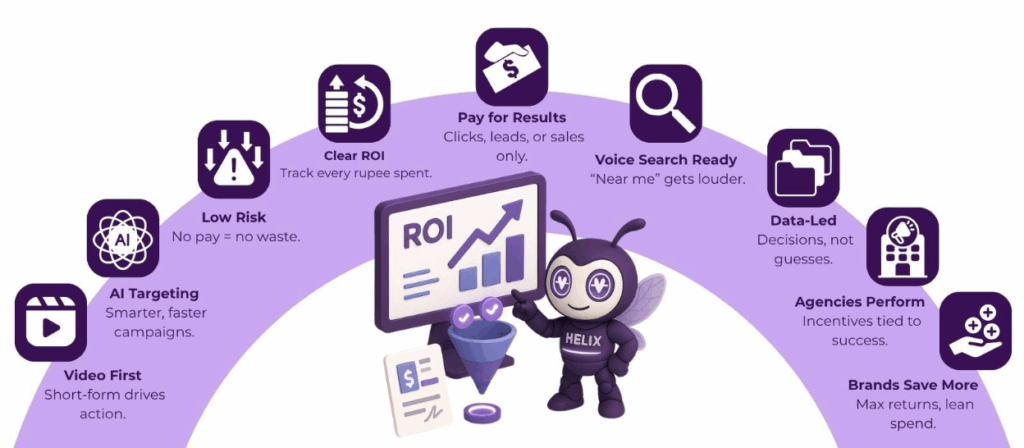
Table of Contents
What is Performance Based Marketing?
Performance-based marketing is a results-driven approach where businesses pay only for measurable outcomes, such as clicks, leads, or sales. Unlike traditional marketing models, which focus on impressions and brand awareness, performance-based marketing ensures that companies are paying for results that directly impact their bottom line. Some of the most common performance-based marketing tactics include:
- Cost per Click (CPC): Pay for each click driving traffic to your website.
- Cost per Acquisition (CPA): Pay only when a specific action (e.g., purchase or sign-up) is completed.
- Cost per Lead (CPL): Pay for each qualified lead generated.
- Revenue Share: Pay a percentage of the revenue generated through the campaign.
At HelixBeat, our Performance Marketing services are designed to provide measurable, actionable results. We offer strategies that align perfectly with your business goals, ensuring transparency and accountability for every marketing dollar spent. Our MaaS platform integrates these strategies to help businesses generate:
- PPC Campaigns (Pay-Per-Click)
- CPA Campaigns
- Lead Generation Campaigns
- Revenue Share Agreements
With HelixBeat, you only pay for actual performance, driving higher ROI and long-term growth for your business.
Ready to enhance your marketing strategy for 2025? Start Your Free Performance Marketing Consultation with HelixBeat
Why Are Performance-Based Marketing Models Gaining Popularity in 2025?
In 2025, performance-based marketing is expected to gain even more momentum. Here’s why:
1. Data-Driven Decisions
- Performance marketing relies heavily on data to guide decisions. With the growing importance of data analytics, businesses are increasingly able to measure the success of campaigns and determine what is working.
- This data-driven approach ensures that marketing strategies are constantly optimized for better performance.
2. Cost-Effectiveness
- With performance-based marketing, businesses only pay for results. This makes it a cost-effective strategy, especially for small and medium-sized enterprises (SMEs) that may not have large marketing budgets.
- The risk of overspending on ineffective campaigns is significantly reduced.
3. Clear ROI
- In a performance-based model, the return on investment (ROI) is more transparent.
- Businesses can directly link marketing spend to revenue generation, making it easier to justify marketing expenses and adjust strategies for better outcomes.
4. Improved Customer Targeting
- With the integration of AI and machine learning, performance-based marketing can further enhance customer targeting.
- In 2025, advanced algorithms will enable marketers to target more specific audiences based on behavior, interests, and demographics, increasing the likelihood of achieving desired results.
The Future of Performance Marketing: Key Trends
These trends will help businesses and marketing agencies refine their strategies and deliver better results:
1. AI and Automation in Marketing
- The integration of artificial intelligence (AI) and automation will continue to redefine performance-based marketing.
- AI can help marketers analyze large datasets to predict trends, optimize campaigns in real-time, and personalize marketing efforts.
- Automation tools will make it easier for businesses to scale their marketing efforts without significantly increasing their spending.
2. Increased Focus on Video Marketing
- Video content is projected to become even more dominant in 2025.
- With platforms like TikTok, Instagram, and YouTube leading the charge, businesses will focus on using video as a key medium for performance-based campaigns.
- These platforms offer a blend of engagement, targeting, and measurable results, making them ideal for performance marketers.
3. Voice Search Optimization
- The rise of voice search through devices like Amazon Alexa and Google Assistant is changing how consumers search for products and services.
- Local SEO and voice search optimization will play a key role in performance-based marketing, especially for businesses targeting local customers.
How Performance-Based Marketing Models Benefit Brands and Agencies
Performance-based marketing offers mutual benefits for both brands and marketing agencies. Here’s how:
For Brands:
- Reduced Risk: Since brands only pay for results, the financial risk of a failed campaign is minimized.
- Clear Metrics: Performance marketing offers clear metrics, including leads, sales, and click-through rates, enabling businesses to measure the effectiveness of their marketing efforts.
- Budget Optimization: Businesses can allocate their marketing budget more efficiently, focusing on tactics that generate the most return.
For Agencies:
- Incentivized Performance: Agencies are motivated to produce measurable results since their compensation is tied to success.
- Long-Term Partnerships: Performance-based models foster opportunities for long-term relationships between agencies and brands, as both parties share aligned objectives.
Want to optimize your marketing strategy with performance-based models? Start Your Free Marketing Demo with HelixBeat
The Bottom Line
If you’re tired of wasting marketing dollars on campaigns that don’t deliver tangible results, performance-based marketing is the solution. This strategy ensures you only pay for measurable outcomes—whether that’s clicks, leads, or sales, directly tying your marketing spend to real, impactful actions. As businesses increasingly demand greater accountability and ROI from their marketing efforts, performance-based models are becoming a game-changer.
At HelixBeat, we understand the challenges of managing effective, results-driven marketing campaigns. Our MaaS (Marketing as a Service) platform integrates PPC, CPA, CPL, and revenue share models, ensuring that you only pay for actual performance. Whether you’re looking to generate high-quality leads, drive traffic, or increase sales, HelixBeat’s performance marketing services help you achieve measurable success. We work as your trusted partner, providing data-driven strategies that are accountable, optimized, and tailored to your specific goals.
Ready to see real results with performance-based marketing? Start Your Free Marketing Consultation with HelixBeat
FAQs
Q1: What is performance-based marketing?
Performance-based marketing is a strategy where businesses pay for measurable results such as clicks, leads, or sales, rather than paying for impressions or brand awareness.
Q2: How does performance-based marketing benefit businesses?
It allows businesses to pay only for actual results, ensuring better use of marketing budgets. It also increases accountability and allows for higher ROI through optimized strategies.
Q3: What is the difference between performance-based marketing and traditional marketing?
Traditional marketing often relies on impressions or awareness, whereas performance-based marketing focuses solely on measurable outcomes like clicks, leads, or sales.
Q4: What are the key models in performance-based marketing?
Some of the most common models include Cost Per Click (CPC), Cost Per Acquisition (CPA), Cost Per Lead (CPL), and Revenue Share Agreements.
Q5: How does Cost Per Click (CPC) work in performance marketing?
In a CPC model, businesses pay each time a user clicks on an ad that directs them to their website, ensuring they only pay for actual website visits.
Q6: What is Cost Per Acquisition (CPA) in performance marketing?
CPA is a model where businesses pay only when a specific action, such as a purchase or a sign-up, is completed. This ties marketing spend directly to conversions.
Q7: How does Cost Per Lead (CPL) work in performance-based marketing?
With CPL, businesses pay for each qualified lead generated through a campaign, such as a user filling out a form or expressing interest in a product or service.
Q8: What are the benefits of using revenue share agreements in performance marketing?
Revenue share agreements align the interests of the business and the marketing agency, as the agency is compensated based on the sales or revenue generated.
Q9: Why are performance-based marketing models gaining popularity in 2025?
As businesses demand more accountability and ROI from their marketing efforts, performance-based marketing provides clear, measurable results, making it a more attractive option.
Q10: How can performance-based marketing improve ROI?
Since businesses only pay for actual results, they can focus their marketing spend on strategies that yield the highest returns, improving overall ROI.
Q11: What role does data play in performance-based marketing?
Data plays a crucial role in performance marketing by allowing marketers to optimize campaigns based on real-time performance data, ensuring the best possible outcomes.
Q12: What is the future of performance marketing?
The future of performance marketing will likely be driven by AI, automation, and hyper-personalization, with marketers using advanced technologies to enhance targeting and optimization.
Q13: What will marketing look like in the next 5 years?
In the next five years, performance-based marketing will become more data-driven, with greater reliance on AI, machine learning, and automation to optimize campaigns for better performance.
Q14: How can HelixBeat’s services help businesses with performance-based marketing?
HelixBeat offers PPC, CPA, CPL, and revenue share models as part of its MaaS (Marketing-as-a-Service) platform, providing businesses with tailored solutions to improve ROI and drive measurable results.
Q15: What makes HelixBeat’s performance marketing model different?
HelixBeat combines advanced analytics, data-driven strategies, and optimization techniques to deliver performance marketing solutions that maximize ROI, accountability, and efficiency.



